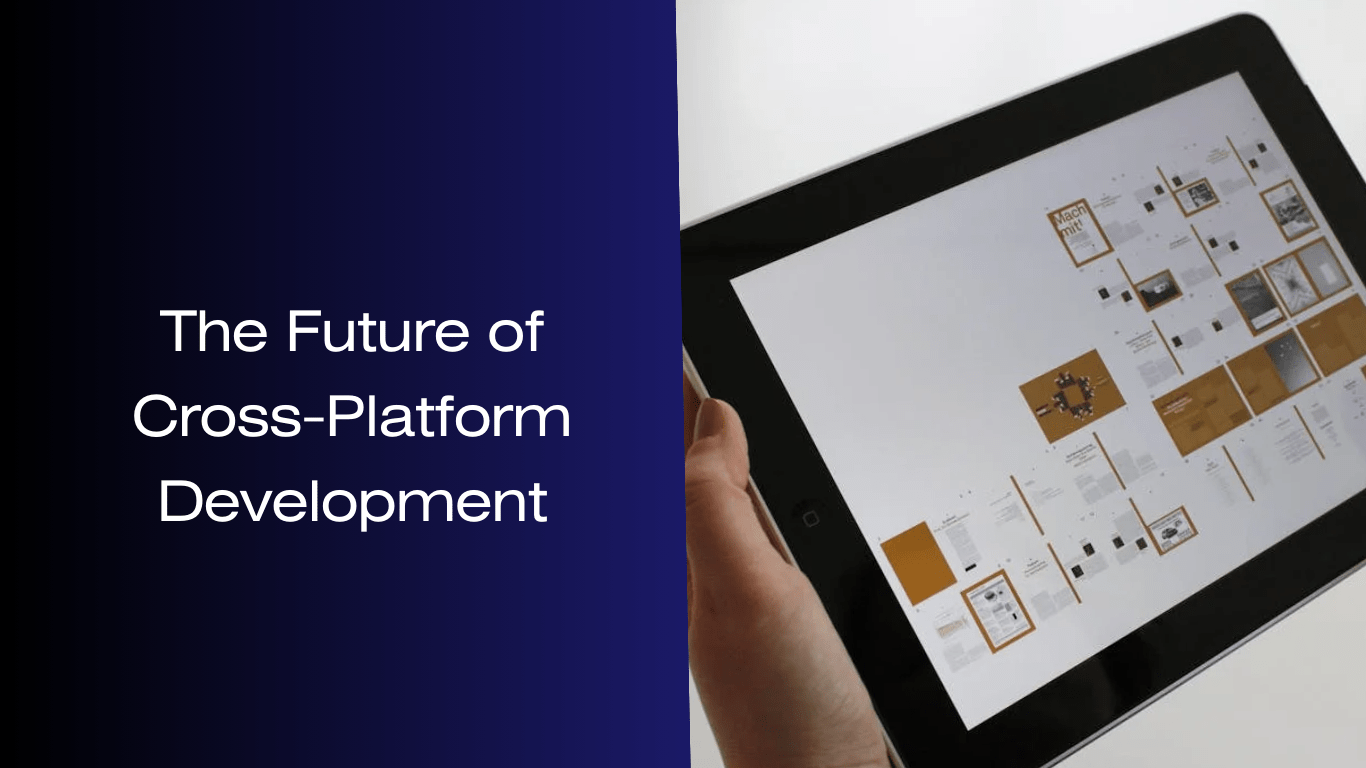Progressive Web Apps: The Future of Cross-Platform Development

Progressive Web Apps (PWAs) are reshaping the landscape of cross-platform development by combining the best features of web and mobile applications. Here’s a closer look at why PWAs are often considered the future of cross-platform development:
What are Progressive Web Apps (PWAs)?
PWAs are web applications that leverage modern web capabilities to deliver app-like experiences directly in the browser. They are built using standard web technologies like HTML, CSS, and JavaScript, but offer enhanced functionality similar to native apps, such as offline access, push notifications, and device hardware integration.
Key Features of PWAs
- Cross-Platform Compatibility
PWAs are platform-agnostic and run on any device with a modern browser, eliminating the need to develop separate applications for different platforms (e.g., Android, iOS, Windows, macOS). - Offline Functionality
With service workers, PWAs can cache resources, enabling users to access content offline or in areas with poor connectivity. - Responsive Design
PWAs automatically adapt to different screen sizes and orientations, providing a seamless user experience across devices. - No Installation Required
Users can access PWAs directly through a URL and have the option to “install” them on their devices without needing to download them from an app store. - Push Notifications
Like native apps, PWAs can send timely push notifications, improving user engagement. - Security
Delivered over HTTPS, PWAs ensure secure connections and protect user data.
Advantages of PWAs Over Native Apps
- Cost Efficiency
A single codebase for all platforms reduces development and maintenance costs. - Ease of Updates
Updates are applied instantly on the server-side, so users always access the latest version without manual updates. - Wider Reach
Being accessible via URLs, PWAs eliminate barriers like app store restrictions, increasing discoverability. - Improved Performance
With techniques like lazy loading and caching, PWAs offer faster load times compared to traditional web apps.
Challenges of PWAs
- Limited Hardware Access
While PWAs have improved access to device hardware (e.g., camera, GPS), they still lag behind native apps in accessing advanced features like biometrics or Bluetooth. - Browser Compatibility
Although modern browsers support PWAs, there are still disparities in features across platforms (e.g., Apple’s limited PWA support on iOS). - App Store Presence
PWAs often miss out on the visibility benefits of app stores, although some can be listed in platforms like the Microsoft Store or Google Play.
The Future of PWAs
- Wider Adoption
Companies like Twitter, Spotify, and Starbucks have successfully launched PWAs, showcasing their potential for diverse use cases. - Enhanced Browser Support
As browsers continue to evolve, PWAs are likely to gain even more native app-like features. - Unified Development
PWAs can streamline development workflows, making them increasingly attractive to businesses seeking efficient cross-platform solutions. - Emerging Standards
Web standards and APIs are rapidly evolving, paving the way for PWAs to close the gap with native apps.
Conclusion
PWAs are an exciting step forward in cross-platform development. By blending the accessibility of the web with the functionality of native apps, they provide a flexible, cost-effective, and user-friendly solution for modern application development. As technology continues to advance, PWAs are poised to play a pivotal role in the future of digital experiences.